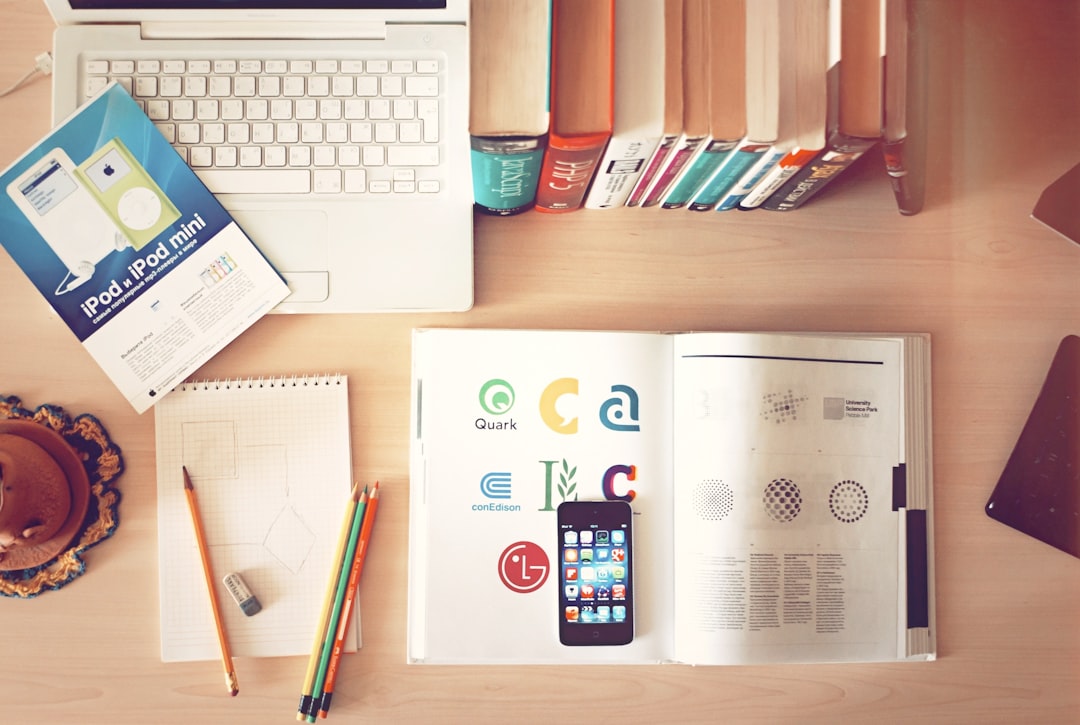Lighting plays a crucial role in design, whether it be in interior design, fashion design, or any other form of creative expression. The way light is used can completely transform the look and feel of a space, highlighting certain aspects while hiding others. It can create a mood, guide the eye, and enhance the overall aesthetic of a design. In this blog post, we will explore the importance of lighting in design and how it can make or break the overall look of a space.
First and foremost, lighting is essential for setting the right mood in any environment. Different types of lighting can evoke different emotions and feelings. Bright, white lighting can create a sense of energy and vitality, while soft, warm lighting can evoke a sense of calm and relaxation. In interior design, for example, the type of lighting used can completely change the atmosphere of a room. A brightly lit room may be suitable for a busy office space, while dim, ambient lighting would be more appropriate for a cozy living room or bedroom.
Furthermore, lighting can also highlight certain features in a space and enhance the overall aesthetic of a design. For example, the use of spotlights can draw attention to a piece of artwork or furniture, creating a focal point in the room. Similarly, backlighting can add depth and dimension to a space, creating a sense of drama and visual interest. Lighting can be used to accentuate architectural details, create visual interest, and add a touch of luxury to any design.
In addition to setting the mood and highlighting features, lighting also plays a practical role in design. Proper lighting is essential for performing tasks and activities, such as reading, cooking, or working. In these cases, adequate task lighting is essential to prevent eye strain and improve productivity. In a workspace, for example, it is important to have a well-lit environment to help employees focus and stay alert. In the kitchen, task lighting under cabinets can make food preparation safer and more efficient. Proper lighting not only enhances the functionality of a space but also improves the overall user experience.
Another important aspect of lighting in design is its ability to create a sense of balance and harmony. The right lighting can help to create a cohesive and unified design scheme by tying together different elements in a space. A well-lit room with a good balance of ambient, task, and accent lighting can create a sense of harmony and flow, making the space more inviting and comfortable. On the other hand, poorly designed lighting can create a disjointed and unbalanced look, disrupting the overall aesthetic of a design.
Furthermore, lighting can also be used to define the spatial hierarchy in a design. By using different levels of lighting, designers can create visual hierarchy and guide the eye to important elements in a space. For example, brighter lighting can be used to highlight focal points or key areas, while softer lighting can be used to create a sense of depth and layering. By playing with light and shadow, designers can create a sense of drama and visual interest, adding depth and dimension to a space.
Additionally, lighting can also be used to create a sense of rhythm and movement in a design. By using lighting to create patterns, shapes, and textures, designers can add a sense of movement to a space, drawing the eye and creating visual interest. Lighting can be used to create dynamic effects, such as highlighting pathways, creating visual illusions, or drawing attention to certain elements. By manipulating light and shadow, designers can create a sense of rhythm and movement, enhancing the overall aesthetic of a design.
In conclusion, lighting is a fundamental element of design that can make a significant impact on the overall look and feel of a space. It is essential for setting the mood, highlighting features, enhancing functionality, creating balance and harmony, defining spatial hierarchy, and creating a sense of rhythm and movement. Proper lighting can transform a space, creating a welcoming and comfortable environment that enhances the user experience. It is important for designers to carefully consider the role of lighting in their designs and to use it effectively to create a cohesive and visually appealing space. So, next time you embark on a design project, remember the importance of lighting and how it can elevate your design to a whole new level.

